We may receive a commission when you use our affiliate links. However, this does not impact our recommendations.
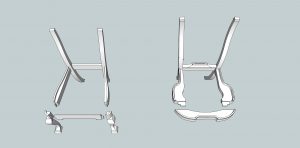 A couple of weeks ago I posted why Philly chairs were just better (read it by clicking here). In the comments pmac mentioned including a SketchUp drawing in future posts to illustrate the joinery I discussed in the body of the post. Even though pmac understood the joinery I mentioned, I thought it would be a good idea to post a follow-up with the SketchUp drawing for those who still had trouble envisioning how the two chairs were constructed.
A couple of weeks ago I posted why Philly chairs were just better (read it by clicking here). In the comments pmac mentioned including a SketchUp drawing in future posts to illustrate the joinery I discussed in the body of the post. Even though pmac understood the joinery I mentioned, I thought it would be a good idea to post a follow-up with the SketchUp drawing for those who still had trouble envisioning how the two chairs were constructed.
The chair on the left in the illustration is based on the Newport chair in the original post – the one on the right is the Philly chair. The vertical tenons on the Newport chair are only 3/4″ long (and only 2″ wide) while the Philadelphia tenons are a full 1-1/2″ long. The biggest difference is the Newport rails are joined into the small curved block at the top of the cabriole legs while the Philly side rails are joined to a massive front rail. The legs on the Philly chair are then joined to the bottom of that “frame”. It’s just stronger.
To help the visual, I’ve included the pics from the last post below.
Here are some supplies and tools we find essential in our everyday work around the shop. We may receive a commission from sales referred by our links; however, we have carefully selected these products for their usefulness and quality.




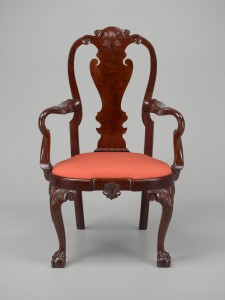
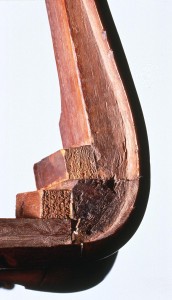
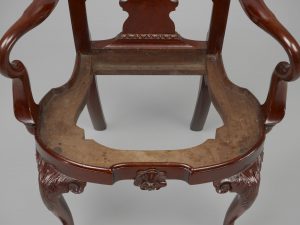
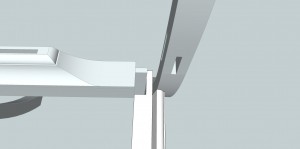




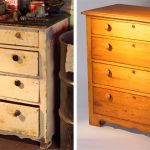
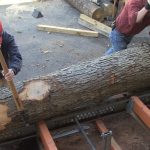
Thanks Amigo. Now I have two more questions: I enlarged the picture of the Philly chair (without the seat) and I’m curious as to the joinery at the back leg, specifically how the side rail and the back rail tenons coexist in the rear legs; and, what is the “ledge” ( for lack of a better term) that is on the back rail sits lower than the seat frame?
Thanks for more details.
Chuck – I’ve enjoyed your discussion of Philly furniture. My introduction to “High-Style” Philadelphia furniture was through the “Hairy Paw & Claw” chair leg. Given its unique role in the decoration of “High-Style” Philadelphia furniture I hope you might mention it the future if you pursue your discussion of Philly furniture beyond construction techniques.